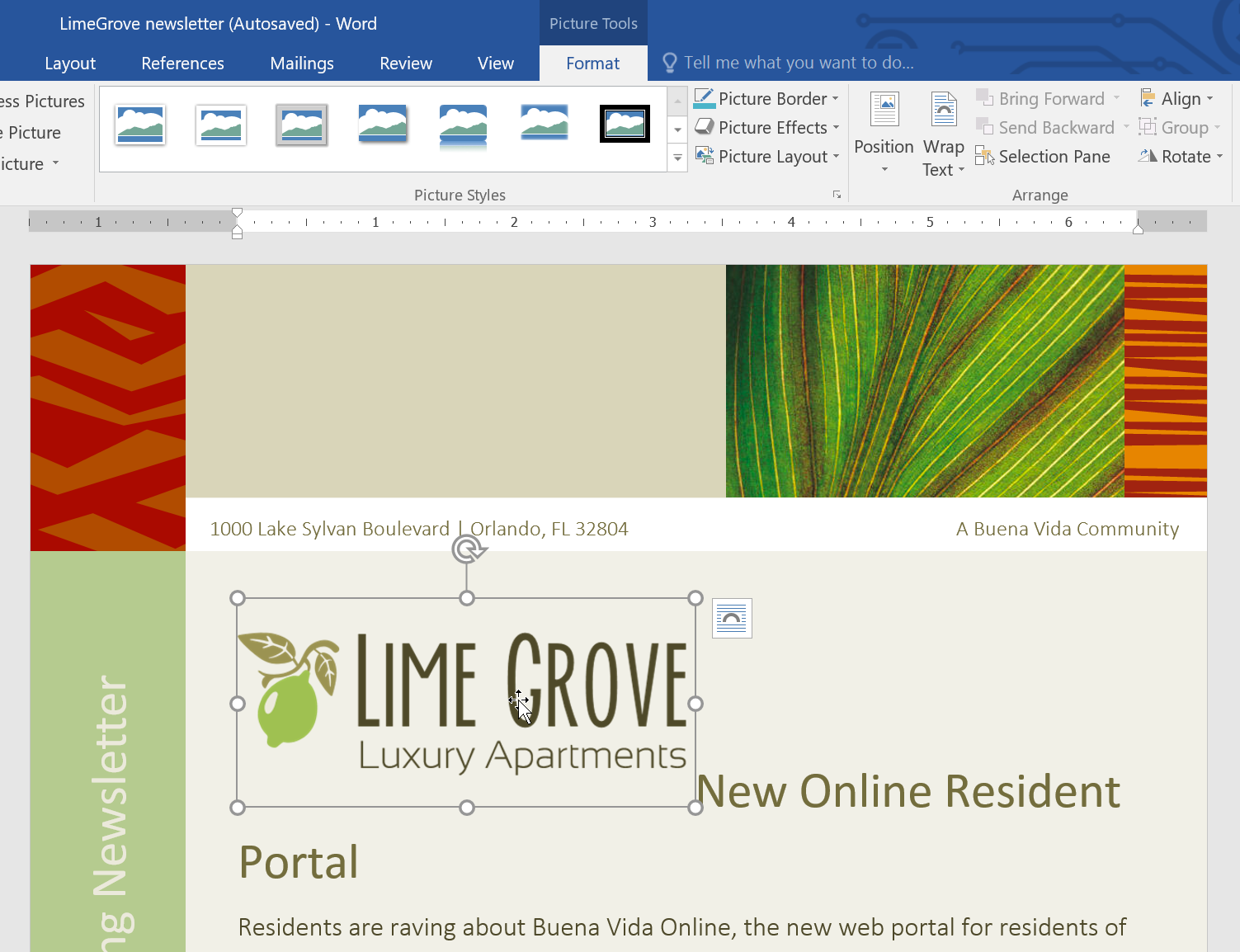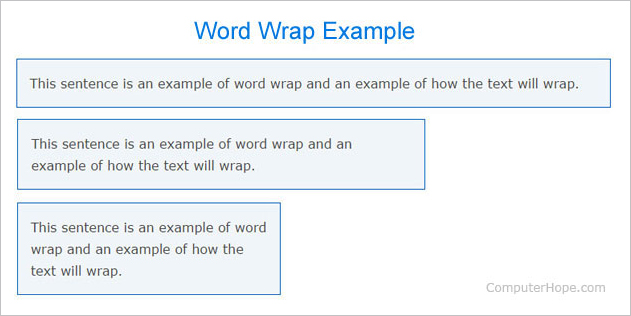

For example, in HTML there is a tag that has the same purpose as the soft return in word processors described above. In text-oriented markup languages, a soft return is typically offered as a markup tag. A non-paragraph line break, which is a soft return, is inserted using ⇧ Shift+ ↵ Enter or via the menus, and is provided for cases when the text should start on a new line but none of the other side effects of starting a new paragraph are desired. Formatting settings, such as first-line indentation or spacing between paragraphs, take effect where the carriage return marks the break. In the contemporary graphical word processors Microsoft Word and, users are expected to type a carriage return ( ↵ Enter) between each paragraph. Line breaks are needed to divide the words of the address into lines of the appropriate length. For example, it is common to print postal addresses in a multiple-line format, but the several lines are understood to be a single paragraph.
USE WORD WRAP MICROSOFT WORD MANUAL
Manual soft breaks are unnecessary when word wrap is done automatically, so hitting the "Enter" key usually produces a hard return.Īlternatively, "soft return" can mean an intentional, stored line break that is not a paragraph break. Soft wrapping allows line lengths to adjust automatically with adjustments to the width of the user's window or margin settings, and is a standard feature of all modern text editors, word processors, and email clients. With a hard return, paragraph-break formatting can (and should) be applied (either indenting or vertical whitespace).

( March 2015) ( Learn how and when to remove this template message) Please improve this article by removing excessive or inappropriate external links, and converting useful links where appropriate into footnote references. This article's use of external links may not follow Wikipedia's policies or guidelines.


 0 kommentar(er)
0 kommentar(er)
